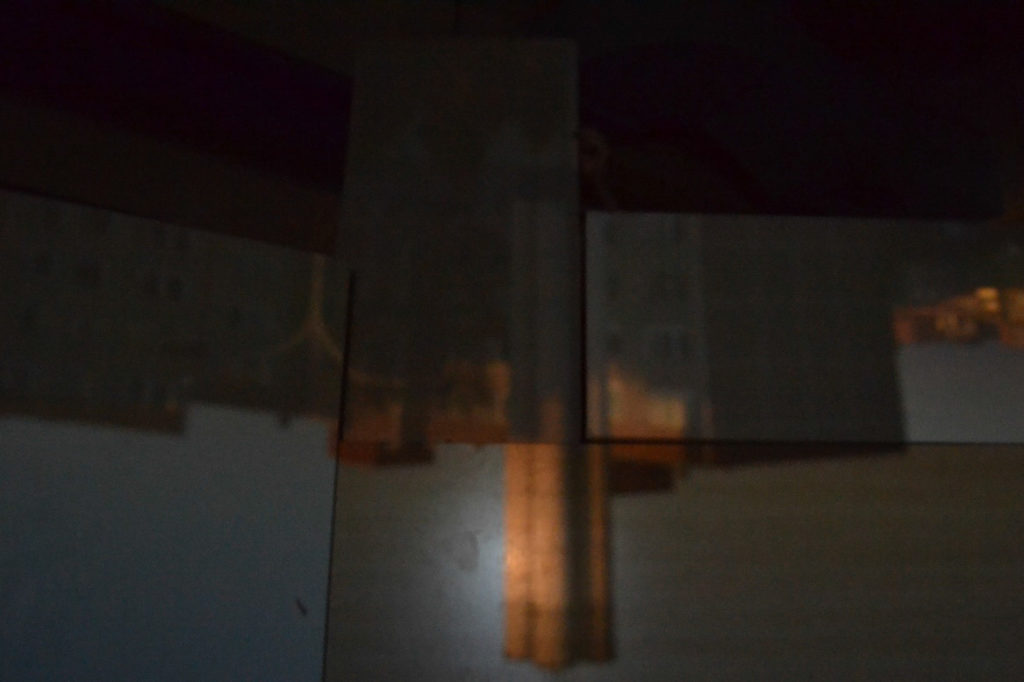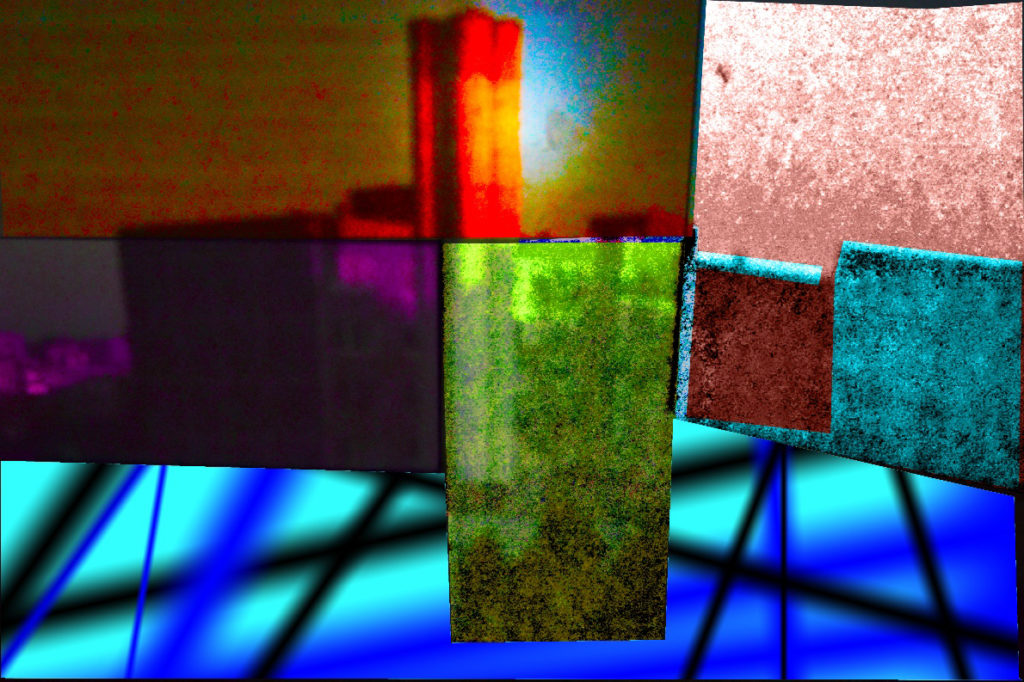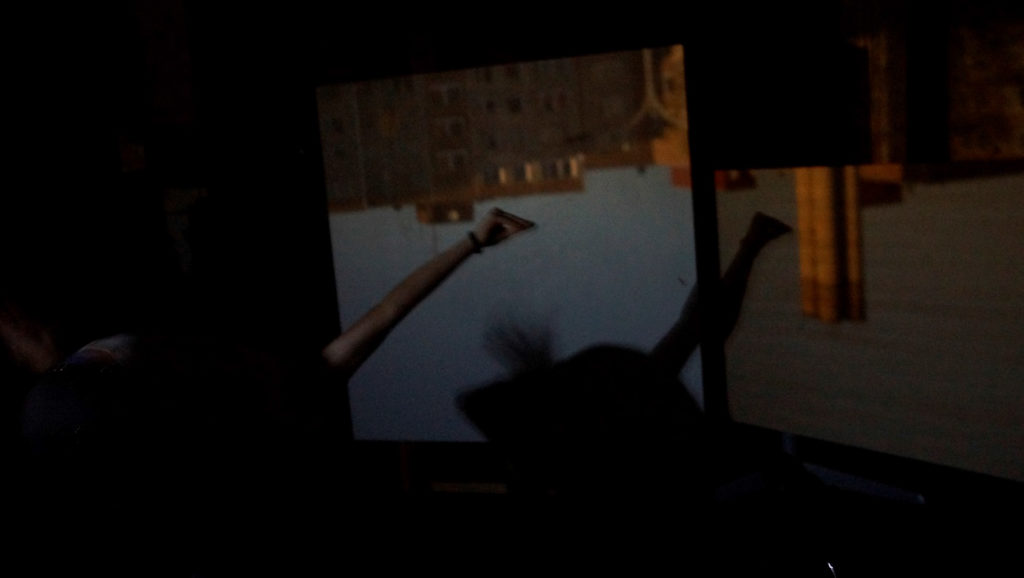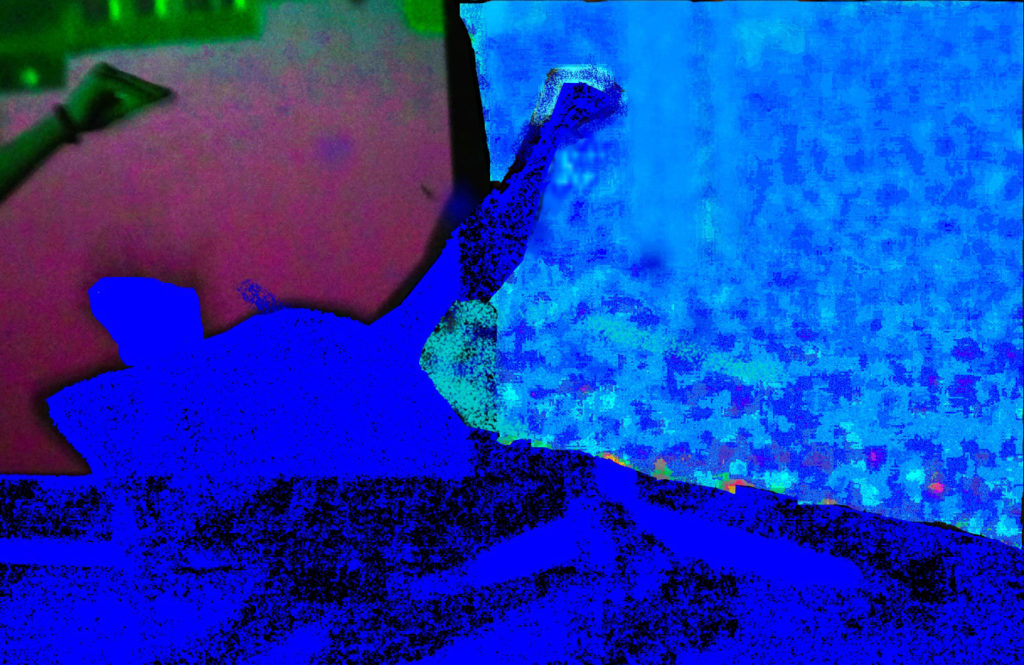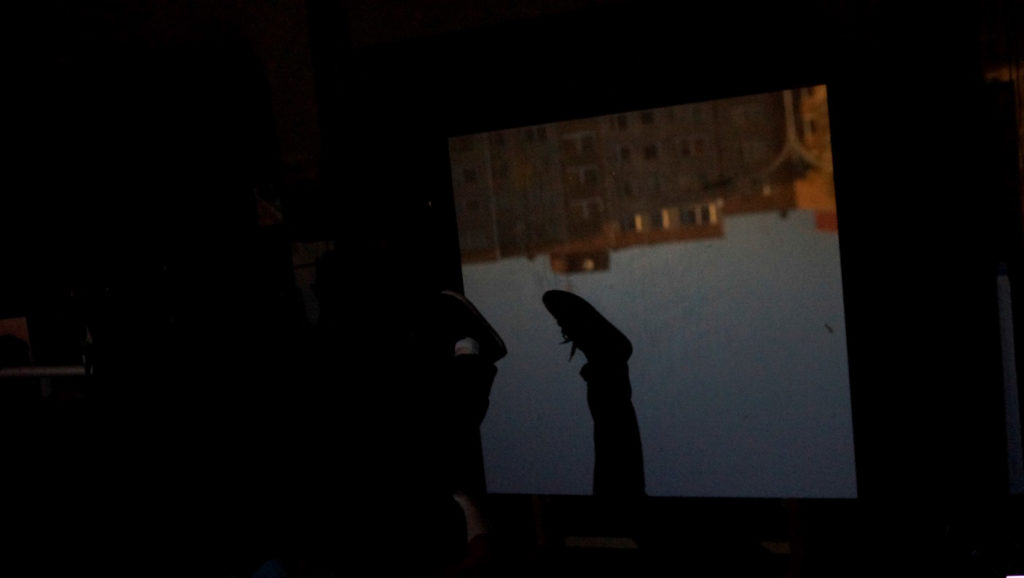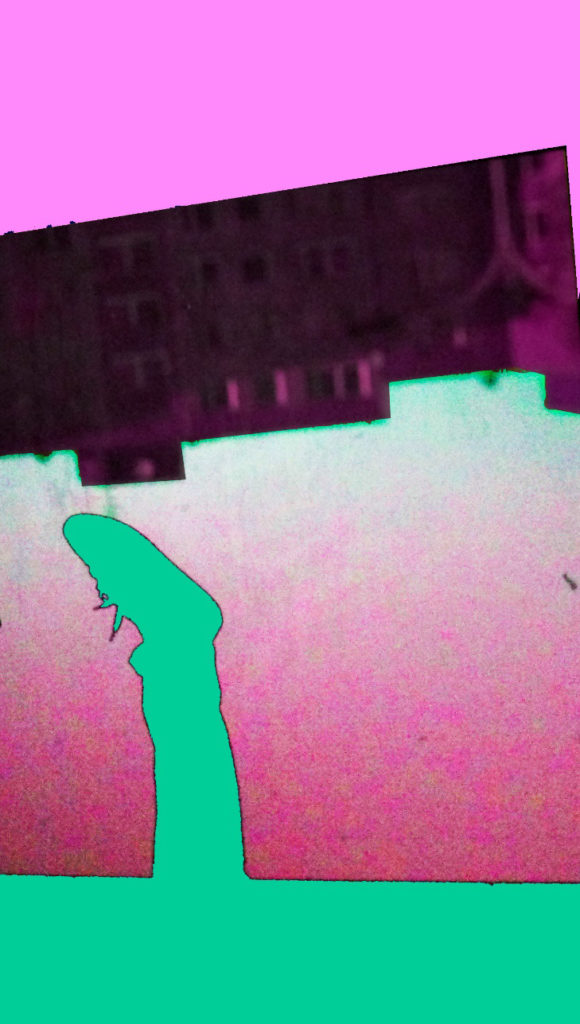-
1. How are the educational activities enriched by using the ICT? What kind of work are the students supposed to do?
The emphasis is put on the Do It Yourself (DIY) phenomenon, which encourages the creative thinking, logical thinking and problem solving skills. The pupils are encouraged to handcraft the necessary tools themselves. Speaking of the Room Obscure project, it builds upon the famous Camera Obscure, which is a famous ancient invention and a solid base for modern photography. Camera obscure works with optics and its principal was used in the Digital photography classes. The students had to work with the projection, had to think about how they could possibly use the projection for an interesting photo composition and in the final steps they were asked to edit the pictures in Photoshop. The aim was to show them science and let them use it for arts.
-
2. Which methodology is being used?
The kids first learned about camera rules and functionality and understood why do they see the projection of the outside world all around them. Then, they were asked to move the objects in the room or create shades with their own bodies which would create an interesting effect. They also took pictures – the timing, ISO sensitivity, etc… was up to them hence, they took very nice pictures. These pictures were further coloured and digitally altered in Photoshop in order to create an eye-catching piece of art.
-
3.What ICT aids do you use?
Darkened room with one tiny light penetration, camera, Photoshop for further picture alternation
-
4. What kind of materials do you work with?
A lot of materials, anything the students think of, the classroom is also a big part of the project. I had to keep in mind the outside weather, window view and had to be precise in darkening the windows.
-
5. Which parts of the project do you consider as strategically important?
Raising the awareness about optics, teaching about the functionality of modern camera, encouraging further studying of physics, creativity when working with pictures from the projection
-
6. What do the students learn in your lessons?
Physics – optics, digital photographing, photo processing and alternation, creativity
-
7. What are the results expected and is it even possible to measure them?
I mostly want to encourage students to further discover the nature and our world. Also, I often see kids who want to continue the activities related to digital technologies at home and my intention is to show them how to use their own devices for interesting activities and artistic purposes.
-
8. How do you evaluate the skill coming out of using the ICT aids during lecturing?
The ICT is mostly really helpful due to its ability to make literally everything easier and there are some cases in which using the ICT is the only way to manage. But there are situations in which the ICT could easily complicate the lecture, such as when there is some kind of a technical problem I am not able to solve. Then I need to improvise a lot.
The important aspect is also the level of skills regarding the ICT. The more the students and teachers are experienced, the more we can avail the whole potential of the ICT.
Camera is enough to some composition exercising or to observing objects through for example the textures, but understanding the principals of a photographing role of the veil, time and ISA – an ability to manually work with the camera opens a lots of opportunities to enlarge the range of possibilities.
A common using of things such as smartphone, PC, camera is often seen the elementary instruments with which the students can make a creator out of themselves and the teacher is supposed to help them by showing them various ways of how to effectively work with the ICT either inside or outside of the school.
In my opinion, using the ICT how it is being used now is kind of inefficient, because it is used to replace something that is not necessary to be replaced. Sometime even using the ICT on the right purpose does not bring the desired results. The measure of using the ICT should also be more in accordance with the preferences of each of the students, because sometimes more individual approach is needed.
-
9. If the course of the lesson does not go on according to you expectations, how do you then deal with such a situation?
Typically, there is a problem with technology, such as dead battery, irresponsive computer, poor internet connection… It is always important to have a plan B and be ready for such situations.
GENERAL QUESTIONS:
-
a. How was the project established? What needs did make you to put the ICT to teaching? What questions should be answered?
It is important to win the students over for the natural sciences and I thought that since they are using camera everyday, they should know how it works, therefore I created this project. My intention was to show them how camera works so that they understand there is always only physics behind every phenomenon.
-
b. Why do you consider your project innovative?
It combines physics with arts as the kids are first presented with what they can get by simply darkening the windows and how does light work, afterwards they are encouraged to work with the projection and produce a piece of art.
-
c. What is the elementary knowledge for the students to successfully absolve your tutoring? How do they use this knowledge during the schooling?
Not much, the students only need to be creative in what they want to capture in the picture
-
d. Is there anything that you noticed during the actual process and surprised you?
Little knowledge about the functioning of camera and optics, which is part of everyday life of students
-
e. What is the connection between your project, medial competence and an active citizenship?
Knowledge always improves the social intelligence and arts in general help to identify and create crucial emotions, teach about social interaction and show the students how they can communicate a message to other people
